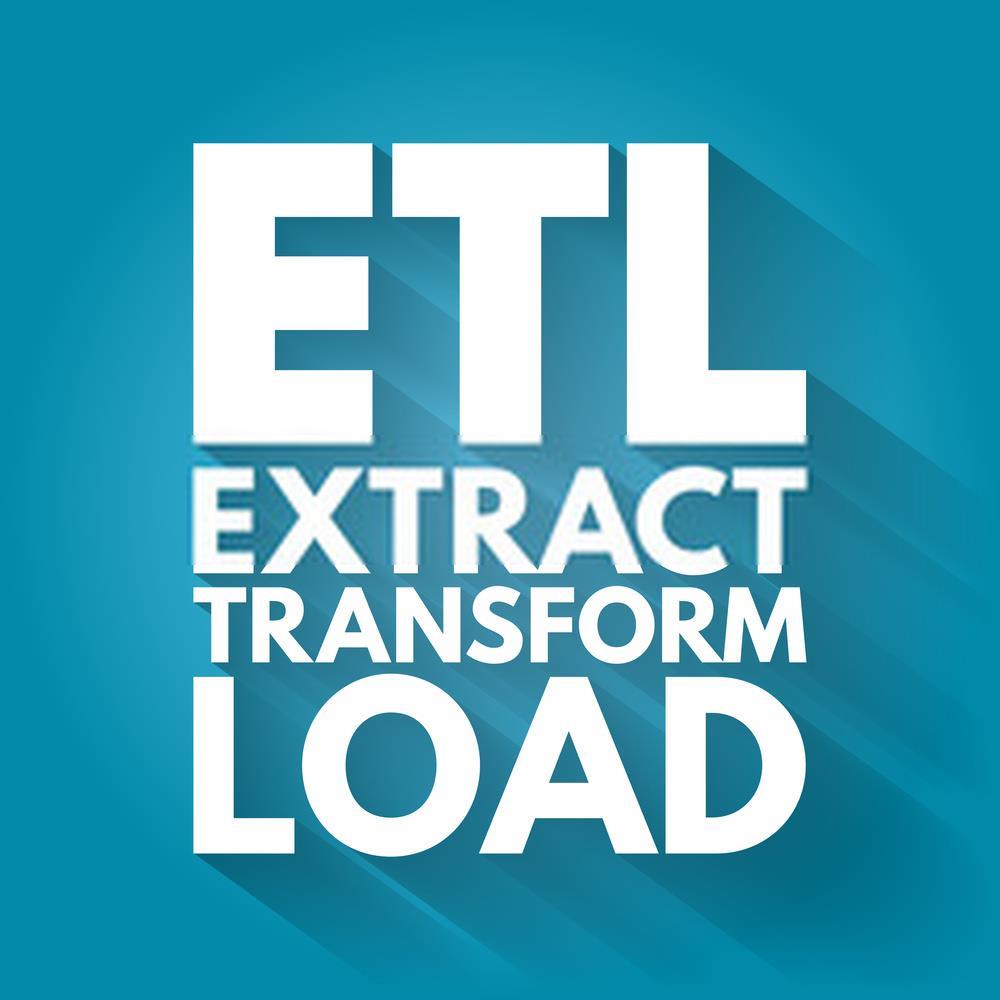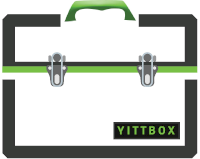Top Business Benefits of Extract, Transform, and Load ETL Development Tools
Data is an integral part of every organization. While working with databases, it is important to properly format and prepare data to load it into data storage systems for decision support, analytics reporting, etc.
This is where Extract, Transform, and Load tools play a great role.
ETL development is a process of scraping and then relocating data to the central repository where these datasets move downstream for cleansing. This is how a massive database is transformed to adapt to a digital warehouse like the cloud, wherein its architecture is simplified and optimized for adapting business purposes.
Making use of highly advanced ETL tools for your company can accelerate the procedures with a great pace and simplicity via automation.
Let’s have a look at the various benefits of Extract, Transform, and Load Tools.
- Manages Complex Data Efficiently
When it comes to dealing with large volumes of data, ETL tools offer great utility and enable the user to transfer it in segments. Transformations and complex rules require assistance, and with the help of these tools, you can perform calculations, string manipulation, data changes, and integration of multiple sets of data.
- Improved Business Intelligence
Known for simplifying the process of extracting, transforming, and loading, ETL tools improve the access to information that directly affect the strategic and operational decisions based on data-driven facts. They all enable business leaders to analyze information based on their specific requirements and make sound decisions accordingly.
Many outsourcing and data solutions providing organizations rely on it for an accurate analysis of claims or transactions. This is its typical use wherein this process combines and spotlights transactions from a specific server or cloud.
Traditionally, the ETL process enables data migration from legacy systems to modern warehouses in a comprehensive format.
Leveraging data and transforming them into actionable insights is a challenge with dispersed and voluminous information. Data mapping simplifies database functionalities like integration, migration, warehousing, and transformation. ETL allows mapping data for specific applications and helps in establishing a correlation between different data models.
With data warehousing, users and business leadership have access to data from multiple sources as needed. This way, only a small amount of time is spent on the actual retrieval process. ETL consolidates data from multiple sources and transforms it into a useful format. This allows the user to easily access data from one interface, lessening the reliance on other team members.
- Great Performance and High ROI
The structure of an ETL platform simplifies the process of building a high-quality data warehousing system. They come with a number of functions to facilitate the workflow, perform excellently and help businesses to manage their data in the best manner. Moreover, they help to save costs too, thereby enabling higher revenue.
Conclusion
With ETL, enterprises can obtain historical, current, and predictive views of real business data. If you haven’t implemented the usage of this powerful process in your business, it’s time to get in touch with experts from ETL development company, like the one at YittBox, and level up your business’s management for a successful future.







